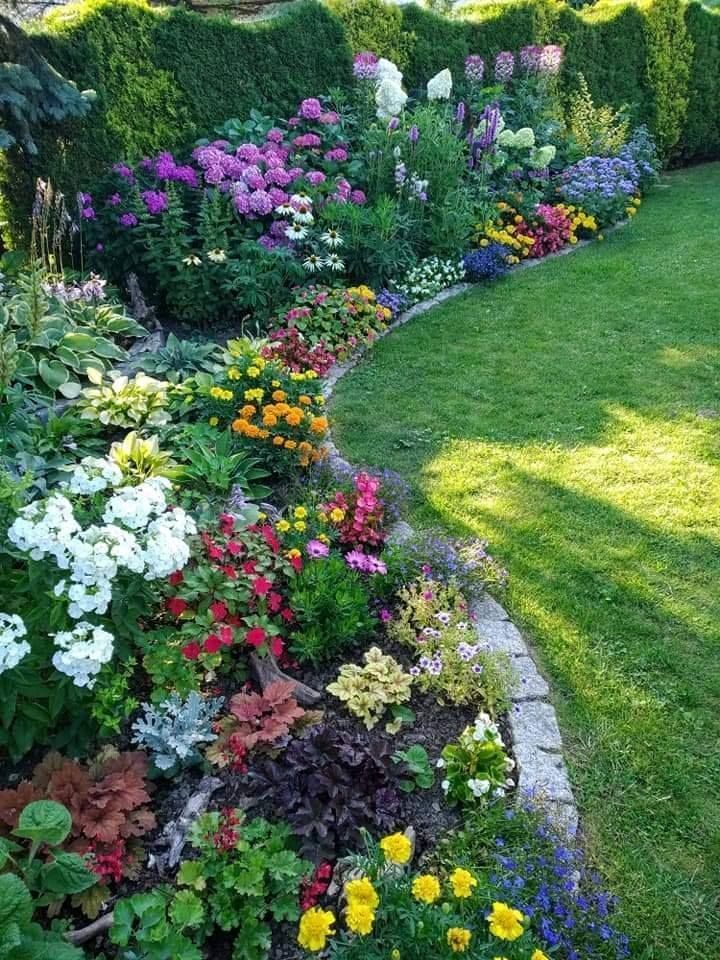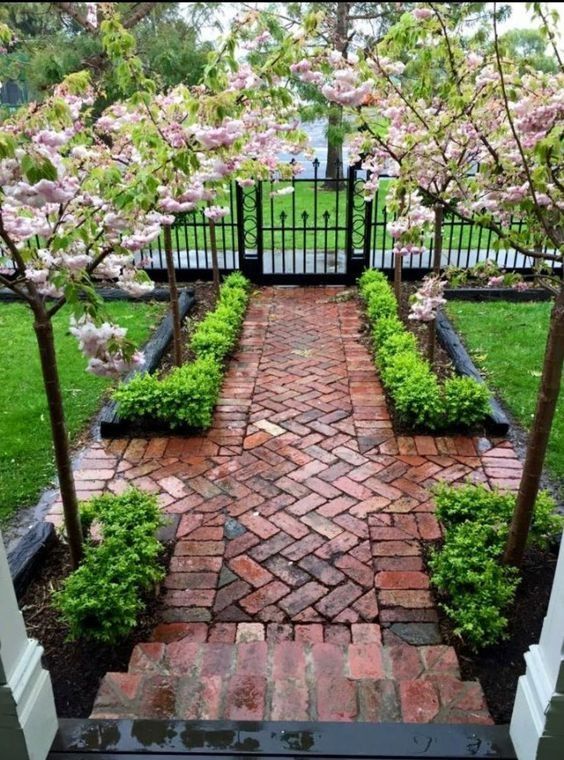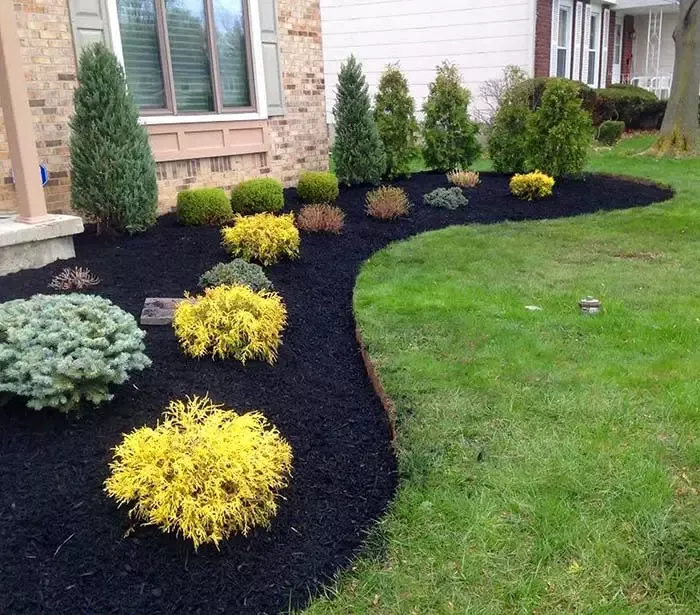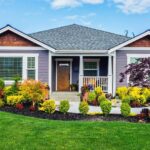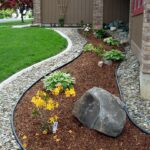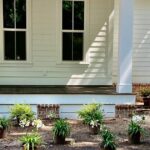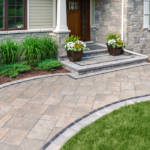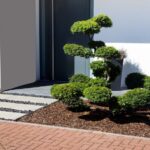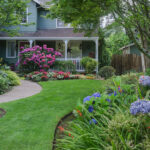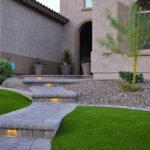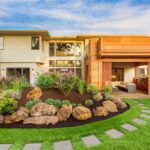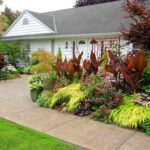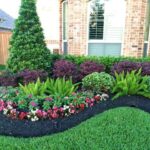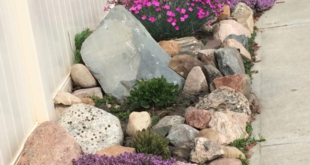One popular trend in landscaping is the incorporation of sustainable and low-maintenance features in front yards. For those looking to reduce water usage and maintenance costs, xeriscaping is a great option. This style of landscaping involves using drought-resistant plants and native grasses that require minimal watering. Adding a gravel or mulch pathway can also add to the aesthetic appeal of the front yard while reducing the need for frequent mowing.
Another popular front yard landscaping idea is the use of vertical gardens. Vertical gardens are a great way to maximize space and add a touch of greenery to a small front yard. They can be as simple as hanging pots on a trellis or as elaborate as a full living wall. Vertical gardens not only add visual interest but also help improve air quality and provide a habitat for beneficial insects.
Incorporating hardscaping elements such as stone walkways, paver driveways, or retaining walls can also enhance the appearance of a front yard. These features can provide structure and definition to the space while also reducing the amount of lawn that needs to be maintained. Hardscaping elements can be used to create separate outdoor living areas or seating areas, making the front yard a more functional and inviting space.
To create a cohesive and polished look in the front yard, consider incorporating a theme or color scheme. Whether it’s a cottage garden with an abundance of flowers or a modern minimalist design with clean lines and simple plantings, having a unified theme can create a sense of harmony and balance in the space. Adding elements such as decorative planters, outdoor lighting, or a focal point like a fountain or sculpture can further enhance the overall look of the front yard.
One way to create visual interest and add depth to a front yard is through the use of layering. By incorporating plants of varying heights, textures, and colors, you can create a dynamic landscape that is visually appealing year-round. Consider adding tall trees or shrubs in the back of the yard, medium-sized plants in the middle, and low-growing groundcovers at the front to create a sense of depth and dimension.
Finally, don’t forget to consider the practical aspects of landscaping, such as proper drainage and irrigation. Ensuring that water drains away from the house and plantings will help prevent flooding and erosion. Installing a drip irrigation system or rain barrel can help reduce water usage and keep plants healthy. By planning and implementing these landscape ideas, you can create a front yard that is not only beautiful but also functional and sustainable.
